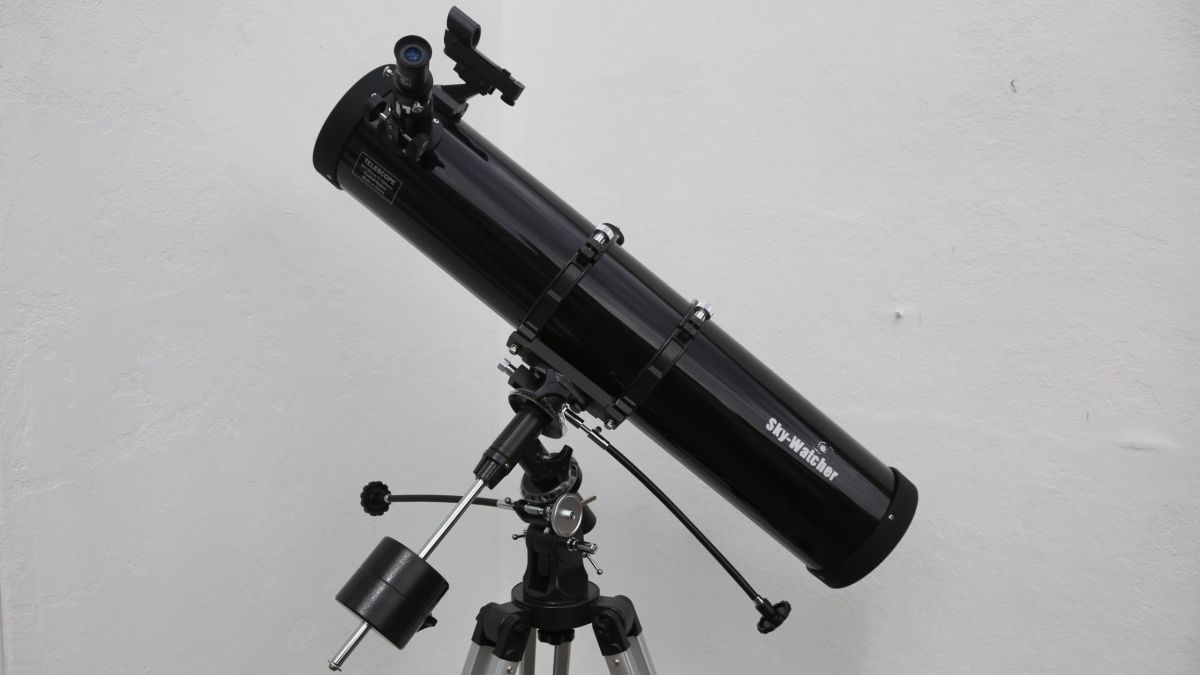The Sky-Watcher Explorer 130 EQ2 telescope is one of the best beginner telescopes (opens in new tab) simply because it’s one of the most unusual. At its core it’s a Newtonian reflector telescope like many others available on the market, but the Sky-Watcher Explorer 130 EQ2 has something different in the shape of its equatorial mount (EQ). While most telescopes at this price come on a basic alt-azimuth mount that moves up and down, left and right, the Sky-Watcher Explorer 130 EQ2 moves much more fluidly thanks to having one axis aligned to Polaris, the North Star. Here’s everything you need to know about the unique and impressive Sky-Watcher Explorer 130 EQ2 – and just why its EQ mount could be worth investing in.
The Sky-Watcher Explorer 130 EQ2 originally went on sale in 2012 and costs $236 / £195 / AU$600. It’s of mid-range size in Sky-Watcher’s line-up of Newtonian reflector telescopes, though its EQ2 is an entry-level model in its vast range of equatorial mounts.
